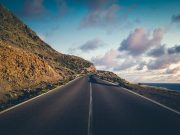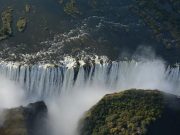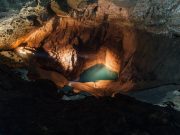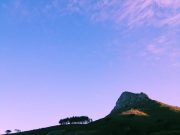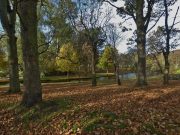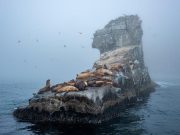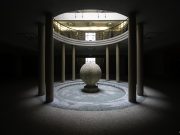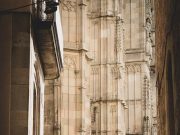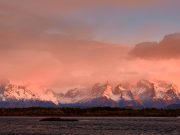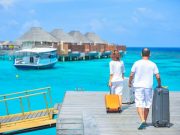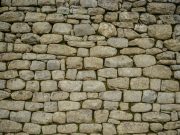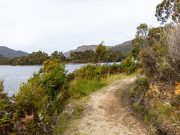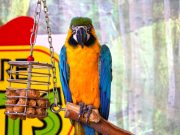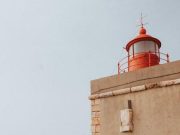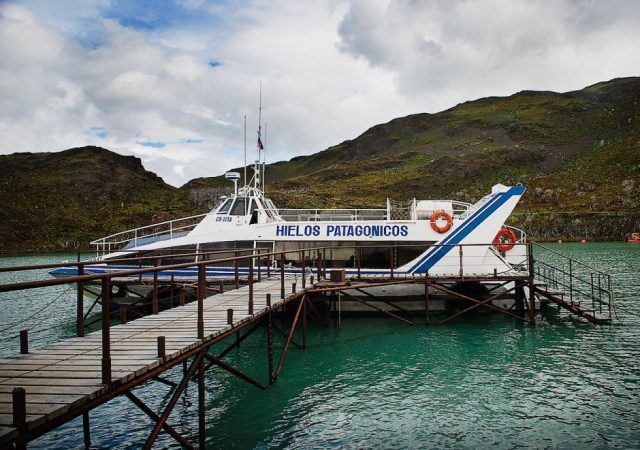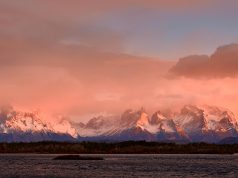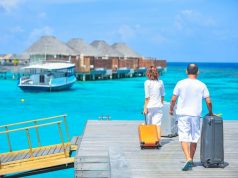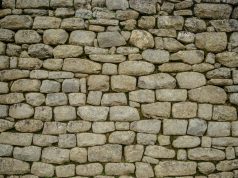
Our Catamaran docked inside turquoise glacier waters just before taking us across Lago Pehoé, to the official entrance for the park.
After landing within the opposite shore, enthusiastic and optimism, we start for your Grey Glacier. The first hour or so of this trail is fairly flat, speculate the walk progresses, it fluctuates in elevation along a rocky ridge that contours Lago Grey. This leg must only take four hours, resulting in halfway in — when not too windy — you are able to walk out of onto a ledge along at the Mirador Grey, where you’ll see the glacier looming within the northern coast from the lake. The Grey Glacier belongs to the Southern Patagonian Ice Field, which runs around the southern Andes, between Argentina and Chile. It’s the next largest ice sheet in the world, after Antarctica and Greenland, and in one more glacial period it covered every one of southern Chile. As i am perched from the mirador, marvelling around this thought, a belligerent thrust of wind knocks me down. The unrelenting winds in Patagonia are notoriously dangerous, known to top even 180 km/h. Sadly, reported by your local guide, there had been five deaths along side W circuit in 2012. In case a strong wind answers within the wrong moment, it can kick you away from the mountain.
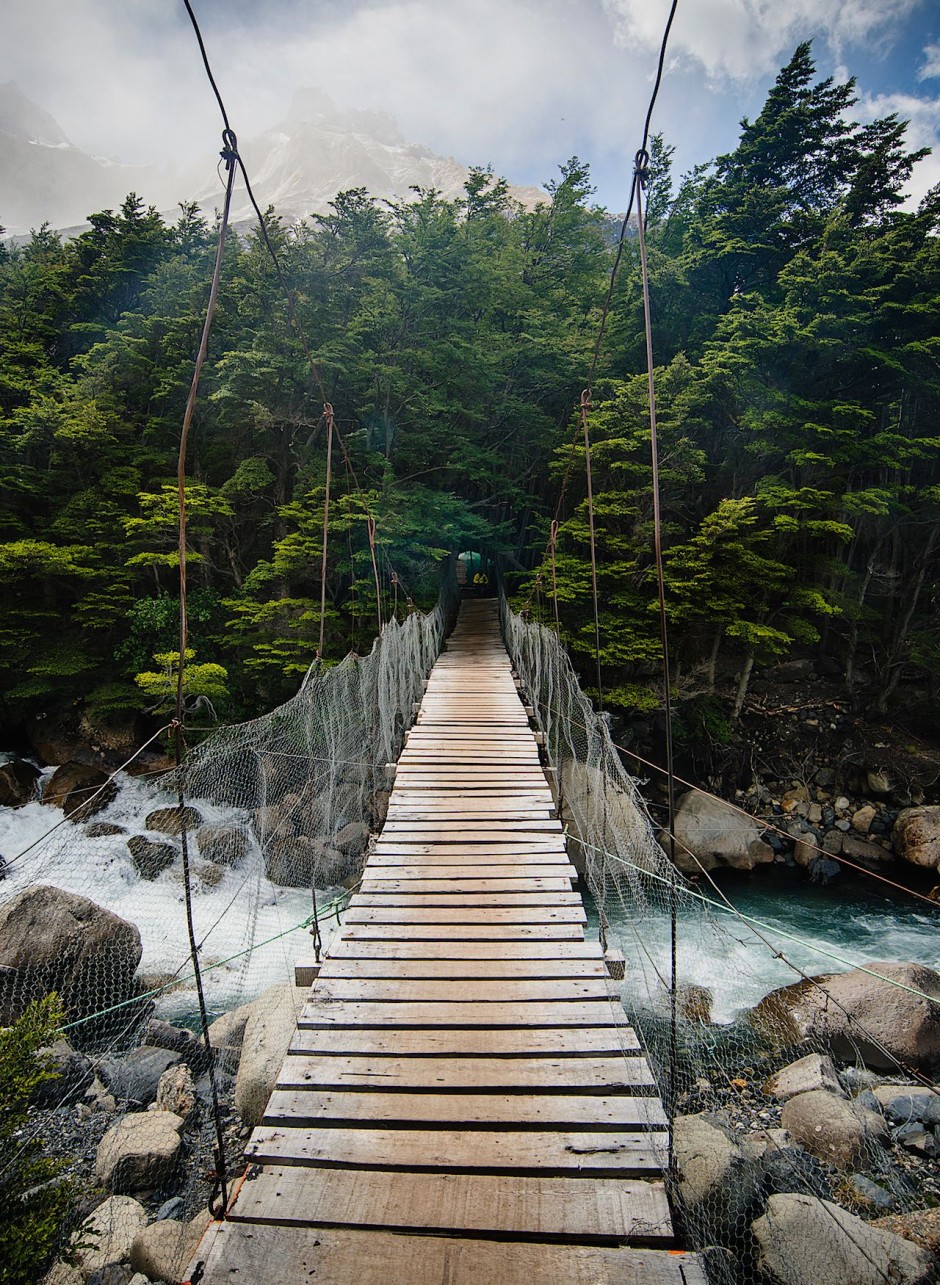
The somewhat fragile wooden suspension bridge sitting through the the Rio del Francés with the last leg with the days hike before Camp Italiano.
Early your evening, we reach Refugio Grey and hang up up our tent about the adjacent campgrounds. Without the presence of burden individuals packs, we trail-run 20 min north to examine the glacier close. This final sprint of endurance is contrasted by way of the immense stillness and grandeur within the Grey Glacier before us.
Day 2: The Grey Glacier to Lago Pehoé
Having marvelled at our luck for your temperate, calm first day, I awake the following morning to the rainstorm. Our advice for anybody trekking the W will be to resign you to ultimately the fact that you can get wet. Every waterproof gear won’t help save. Be smart, but don’t stress. Take extra plastic bags to wrap any clothes or electronics in your pack. We quickly disassemble our tent and wait underneath an enclosure up until the rain dies down.
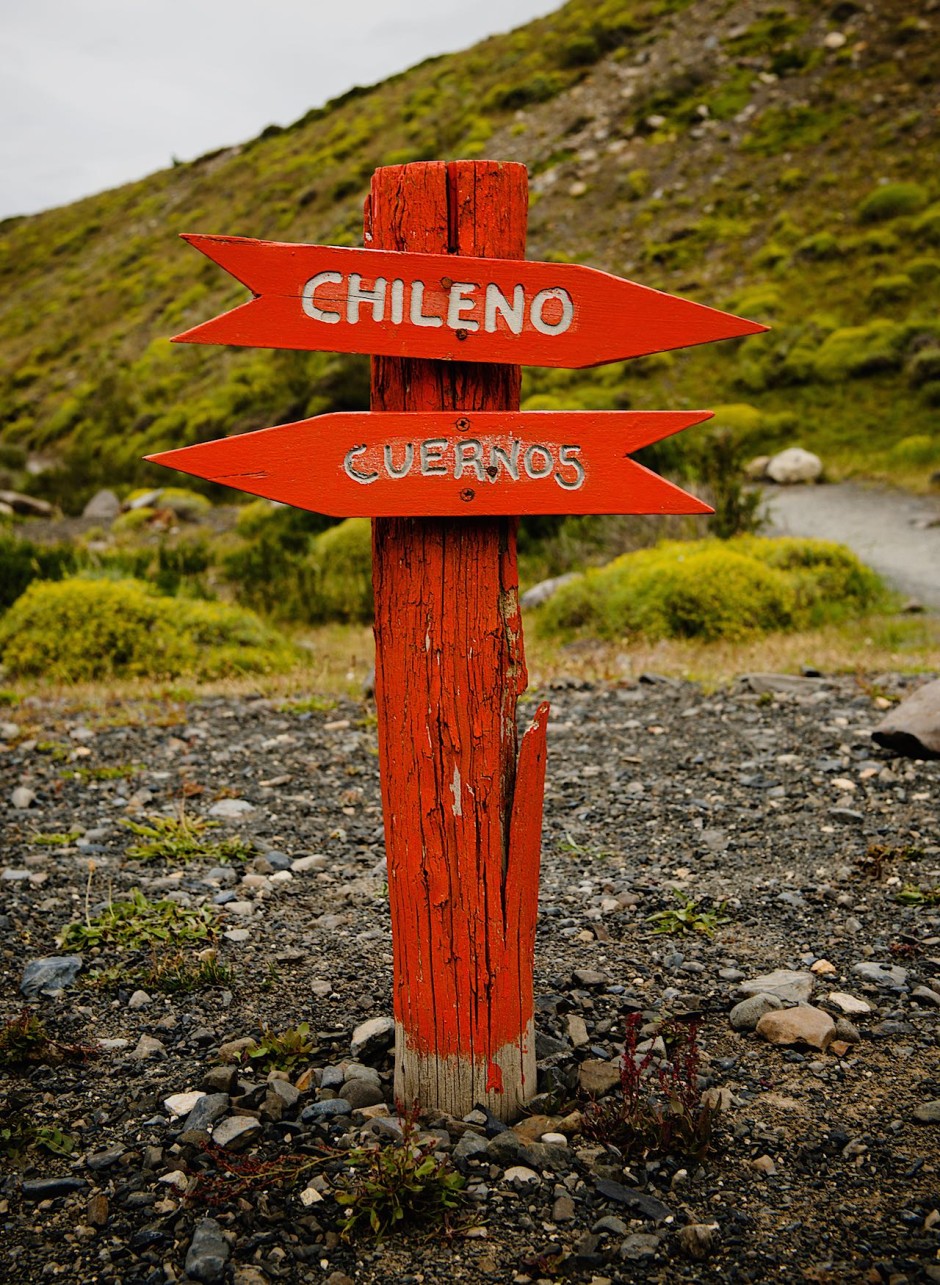
Small orange wooden sign giving direction to several campsites inside the park.
After 20 mins we forge ahead and, about an hour into our trek, the sun breaks through and alleviates the damp chill, giving us a whole new boost of their time. Hiking back how you came, towards Lago Pehoé, I notice some tips i never saw the first time, including waterfalls pouring over cliffs inside distance. Derived from one of of those unfortunate tributary streams, we stop and refill our canteens. Unlike water in bottles, the pool in Patagonia is not “purified,” rather, it\’s pure. That taste of purity is not insufficient flavour, but — and I mean this in earnest — a taste of genuine freshness.
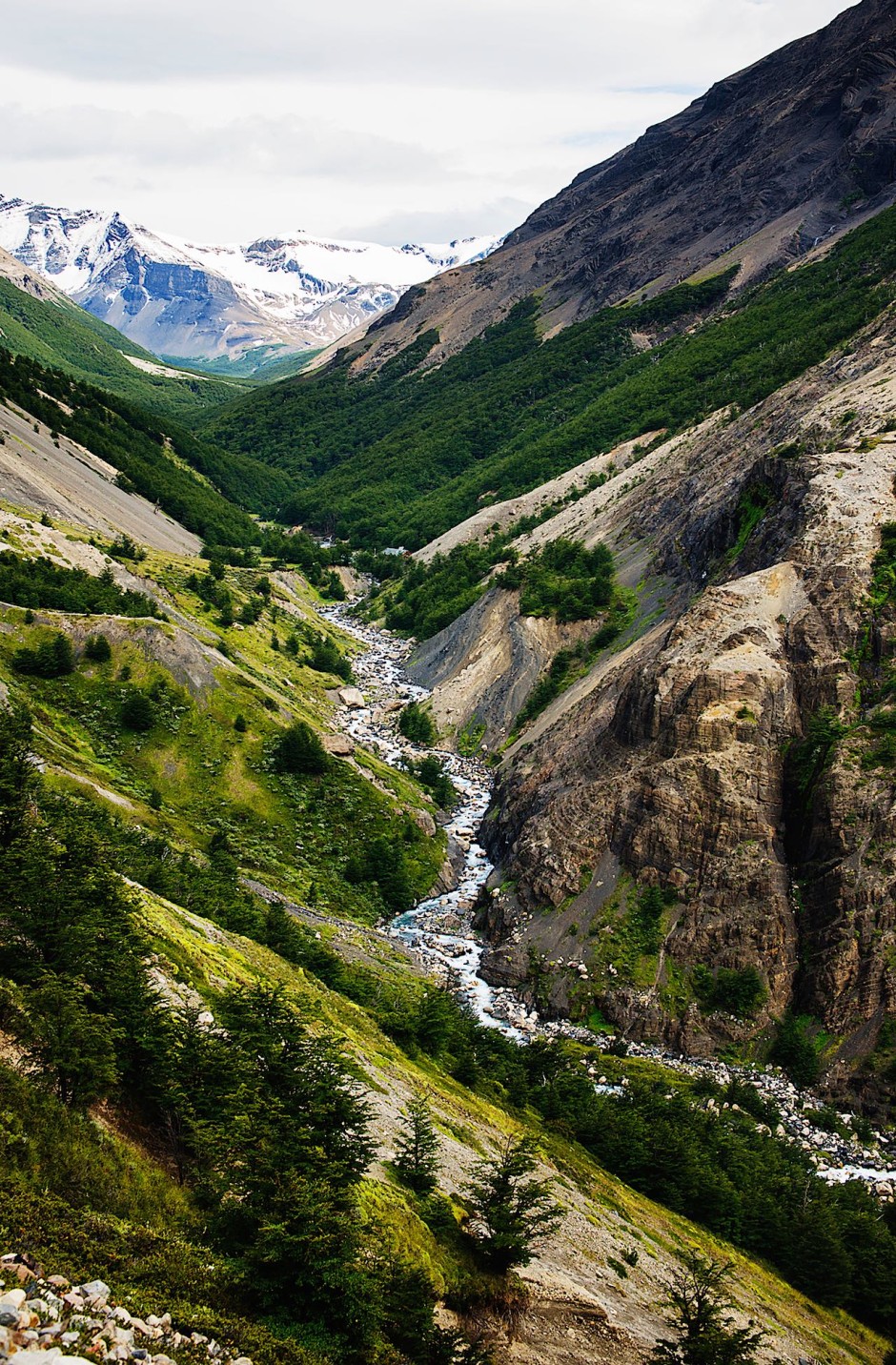
We descended upon the Asencio Valley around the W circuit only hours after leaving a few,040 feet altitude from the snowy mountains. Literally going from winter to spring inside of hours partially as a result of complex orography or maybe the region.
As direct sunlight bears upon us, we pause to strip layers of clothing, and so i notice large swathes of dead trees, standing like charred skeletons, littered in the otherwise pristine landscape. When a spark is obtained through the horrendous Patagonian wind, a large number of trees burn in a few minutes. Owing to huge fires in 1985, 2005, and 2011 — inadvertently due to tourists — the park office has banned campfires. Cooking is allowed only by using small camping stoves, which must be shielded from wind by an enclosure.
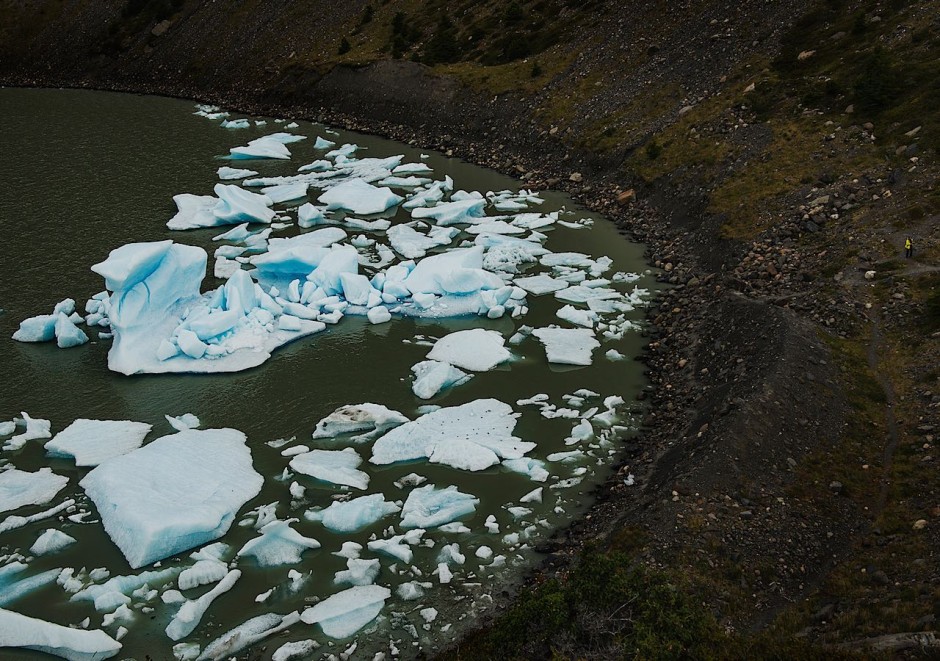
The Grey Glacier in the north Shore of the lake. As seen from Mirador Grey. The Grey Glacier belongs to the Southern Patagonian Ice Field, which runs across the southern Andes, between Argentina and Chile.
Just once we ensure it is back to the shores of Lago Pehoé, a dense fog swoops in, obscuring the Macizo del Paine, and yes it sets out to rain all over again. We\’ve been meant to carry on to a different campsite, Campamento Italiano, but as it can be in the basin on the valley, it will flood. We change plans, hunker down, and instead set up our tent about the shores of Lago Pehoé. It\’s actually New Year’s Eve, and for that reason we\’ve been accompanied by a serendipitous grouping of strangers, who may have also gathered within a enclosure along at the refugio to leave the wind plus the rain.
Day 3: Lago Pehoé to Valle Frances
On our third morning, we awake to more agreeable weather and spend another hrs hiking to your Italiano campsite while using the sun on our backs. While trekking throughout the park, many travellers could find a low profile treat: calafate berries. A local guide says it’s common lore that “anybody that eats a calafate berry is certain to go back to Patagonia” along with a broad, knowing smile, he offers us a palm filled with the sweet fruit. After hours of trekking, along a good trail, we nearby the Italiano campsite. But first, we must cross the Rio del Francés, a cascading and treacherous river. 3 people can walk within the suspension bridge at this time, therefore we cross slowly, two-by-two. In opposition with the bridge, I see the campsite, nestled within the forest of massive lenga trees.
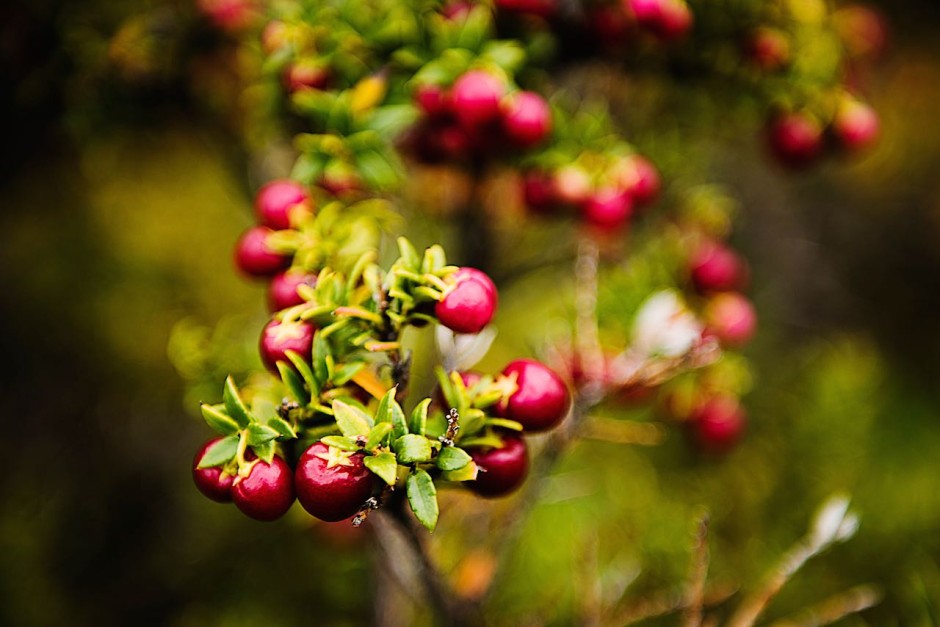
These are calafate berries. An area guide says it’s common lore that “someone who eats a calafate berries are sure to return to Patagonia.”
Once we disappear from our gear and hang up camp, we start by getting our ascent into your Valle del Francés, the very center leg with the W. The majority of the terrain and flora obtained in this a part of the trail is comparable to that from the American. Trekking poles prove to be pivotal in maintaining balance when we hop from rock to rock, crossing multiple rivers. While you may never quite should rock scramble, this leg in the trail will be the closest you reach it. You will need to make use of hands to hoist yourself over rocks or even to maintain balance, while granny-stepping along ledges.
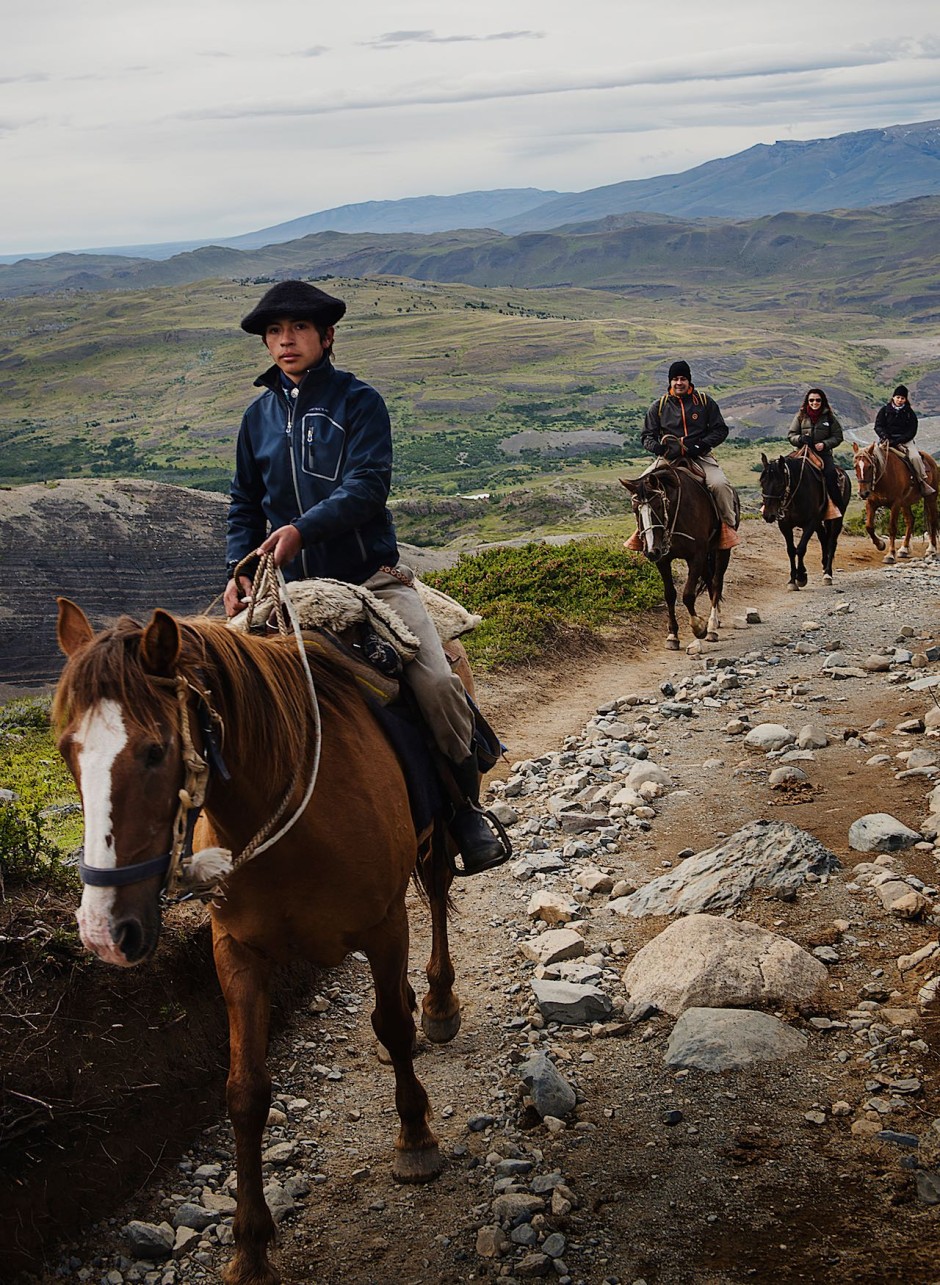
Men on horseback traveling round the Valle del Francés.
The trail curls down the associated with a huge waterfall which feeds the Rio del Francés, each are sourced by way of the snow-capped mountains lying in wait ahead. This leg of your trail needs the most attention. We are within my trekking groove now, concentrating on everything I take. But my trance is interrupted if a fellow trekker exclaims, “Did you hear that?!” We stop and I will hear ice falling within the Paine Grande up ahead. Thankfully we\’re not in every danger. I sprint via a windy dirt path obstructed by branches and massive stones, until I reach a clearing where I\’m yet again in awe within the wonder of this area. Covered with the Paine Grande (3,050m above sea level), while using the Cuernos towers on the other hand, plus an aquamarine lake below, I will be insignificant — just a tiny dot amidst a formidable terrain. Waiting for this aspect while in the Valle del Francés is like going to the centre of some magnificent cinematic panorama. You are enveloped by using a symphony of sounds — the roaring waterfall, the heavy wind additionally, the deep, guttural vibrations which echo who are around you knowning that signal an avalanche.
In Patagonia, you\’re constantly reminded which the earth is alive and, in some circumstances, it sounds like it could possibly swallow you whole. “Look!” Someone suggests an avalanche will be just barely see. Once the sound reaches me, it’s already happened. We continue inside the mountain to a new lookout point, meandering through (what seems like) an enchanted forest, packed with mammoth trees with gnarled, twisted branches, as well as wind grates against my face. Just then, when I doubt nature has any additional wonders to show, it begins to snow.
Day 4: Campamento Italiano to Campamento Las Torres
It’s day four your W trek, and then we cover by far the most ground in a single day — nearly 27km. Fortunately, is it doesn\’t most beautiful day we certainly have experienced yet: sunny and warm, using a gentle breeze. Later that evening at camp, a signal nailed towards ranger’s cabin: “Usually do not Ask around Weather conditions TODAY. THIS IS PATAGONIA. Really do not KNOW.” Along our entire trip we go through rain, snow, including a searing sun, certainly all within the 24 hours, and infrequently within moments of one another. We get to welcome the challenge, even its arbitrariness, and then we comprehend the blessing of fine weather — however long it lasts.
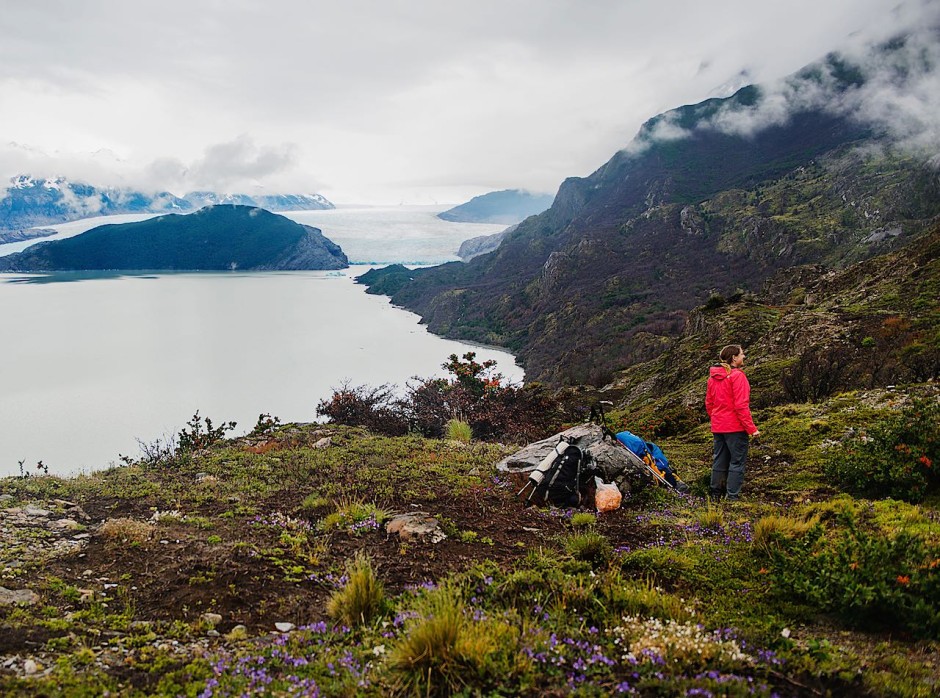
One in our fellow hikers experiencing and enjoying the view of this type of water while using ice field inside distance.
This leg of the trail will leads us towards the bottom of the Torres del Paine, but first we will need to walk along Lago Nordenskjöld, within the base of Mount Almirante Nieto, up into Valle Ascencio, and towards campamento Las Torres. This percentage of trek includes different types of terrain: rocky shores, arid land with dust and stones, forests of lenga trees, and vast golden prairies. When we attain the the surface of an incline, we turn most and find out the immense Ascencio Valley below. Inside distance I spot people, tiny as insects, hiking towards where I\’m now.
Our local guide considers me expectantly. “Amazing, no?” He laughs. I stand there in shock. Practically I see those tiny specs inside the distance and think “I still need to find there,” but I also believe of those poor souls in the distance behind me, can not make their solution to where I am now. We feature on, as well as hours later get camp. That evening (although you’d not know that it was evening with Patagonia’s 18 hours of sunlight) multiple trekkers huddle together beneath 1 enclosure. Physically exhausted, we toast one another with beer and wine, which we’ve carried in this packs for this very moment. We have nearly completed the W, and also the last obstacle to get over — the Torres del Paine — awaits us every day.
Day 5: The Torres del Paine
We awake at 4am and initiate hiking on an hour at midnight, along a rocky incline. With a few minutes left before dawn breaks within the horizon, I\’ve got to make it to the very top of this summit where, if I’m lucky, I’ll see one of the more evocative and legendary vistas in the world: the Torres del Paine, at the precise moment the sun hits the peaks. I see faint hints of rose-gold wash upon the stones before me and I start to move faster. My business is literally, racing sunshine. Only a few moments after hoisting myself over the behemoth rock, and, while i catch my breath, the sunshine crosses the horizon sparking a hearth associated with about the mountain peaks. Sunlight flows down the side in the towers like lava.
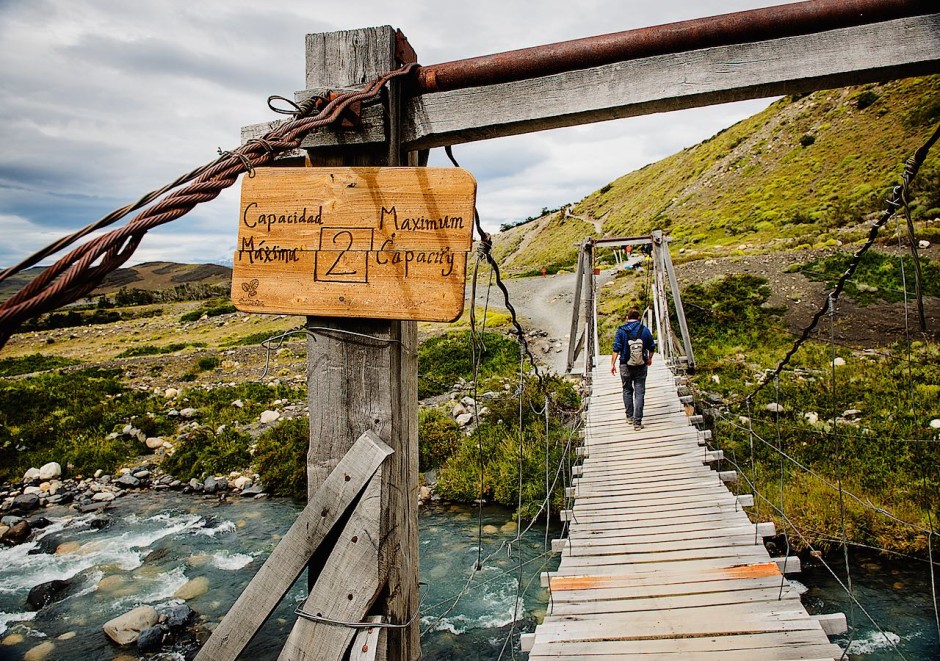
Hiker crossing another suspension bridge on the final day of our journey.
This entire trip may be summarised in just one word: grandeur, both external and internal. There is certainly, naturally, the immensity and majesty on the landscape, but also the shock of my personal endurance when confronted with capricious weather as well as the limitations of my own, personal body. In Patagonia, not just am I reminded which the earth is alive, but I too am exhilarated and feel alive.
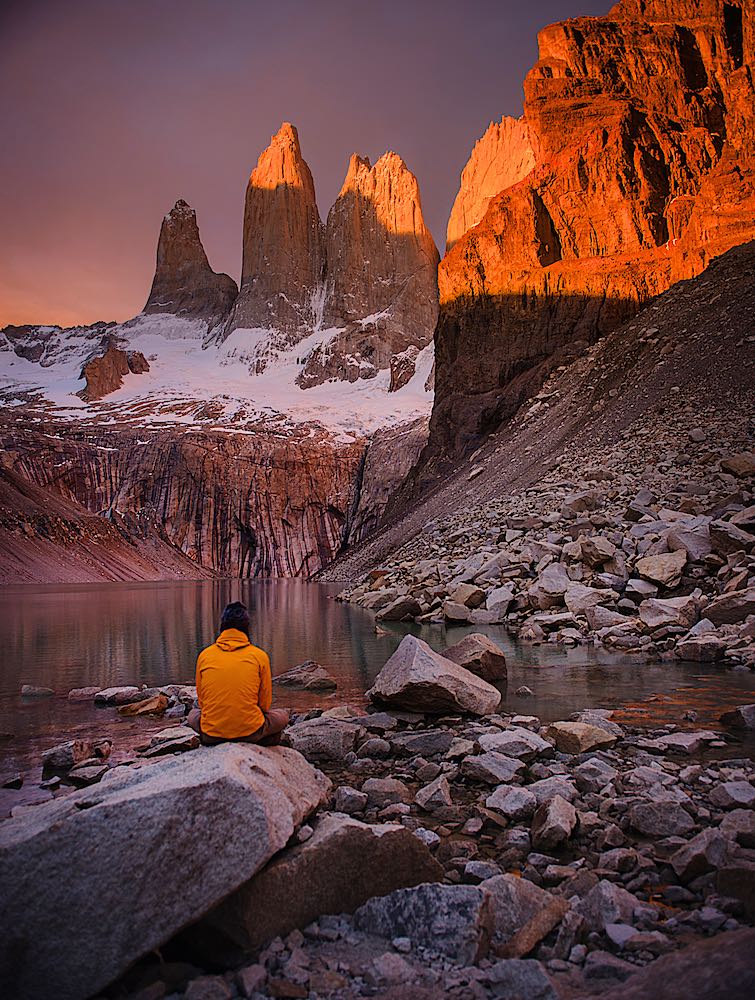
We must leave at 4am to hike a couple of hours to hook the famous Mirador Torres to start with light. Here a lone hiker watches the peaks although the sun rises.
As I will be contemplating this maudlin thought, direct sunlight becomes buried beneath several blueberry coloured clouds. A fresh man, who may be on a rock a ways away, approaches me and says something that, were it said with a stranger at home in Ny city, likely have felt uncomfortable, but here it feels heartening. “Isn’t that something beautiful we experienced together?” he asks. As frightening because world has reached times, we are privileged to enjoy the sweetness inside, however fleeting it really is.


